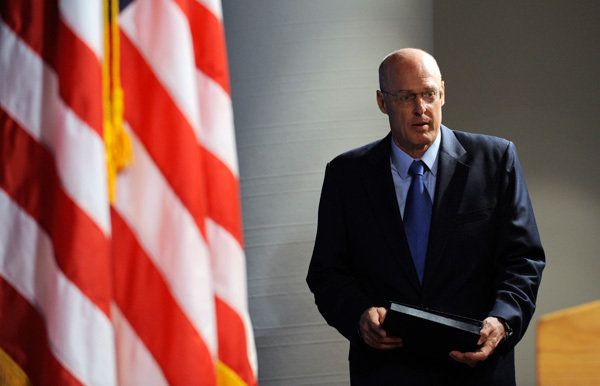
Doing more could lead to other problems. Fed officials are wary of pushing short-term interest rates lower. At 2%, the federal-funds rate is 3.25 percentage points lower than it was a year ago, and looks likely to stay on hold because the Fed worries that more rate cuts would worsen inflation. What's more, other interest rates, such as mortgage rates, remain elevated as previous rate cuts have been counteracted by the force of the credit crunch. It's not clear that further cuts would have much effect in bringing down other rates.
Officials are also acutely aware of the problem of "moral hazard." Bailing out too many firms, the reasoning goes, would encourage more risk taking in the future. That makes officials reluctant to be seen as rescuing another institution. The Fed made a $29 billion loan to help J.P. Morgan take over Bear Stearns. It's not clear that it would be willing to do that for another firm.
Treasury Secretary Henry Paulson has said that institutions must be allowed to fail and that markets can't expect the government to lend money or support every time there's a crisis. "For market discipline to constrain risk effectively, financial institutions must be allowed to fail," Mr. Paulson said in a speech in July.
-OR-
Related stories:
::U.S. Government Helping To Arrange Sale Of Lehman Brothers
::Full Coverage Of Lehman's Struggles